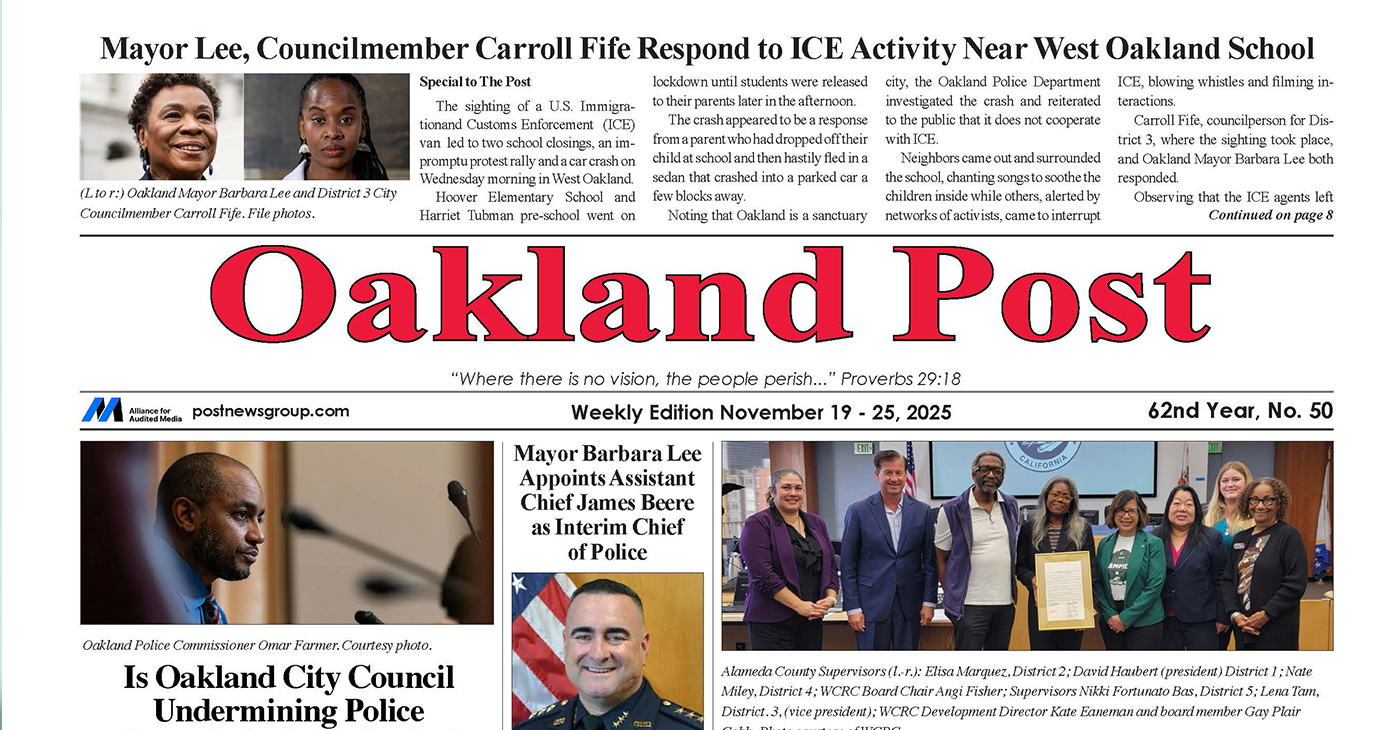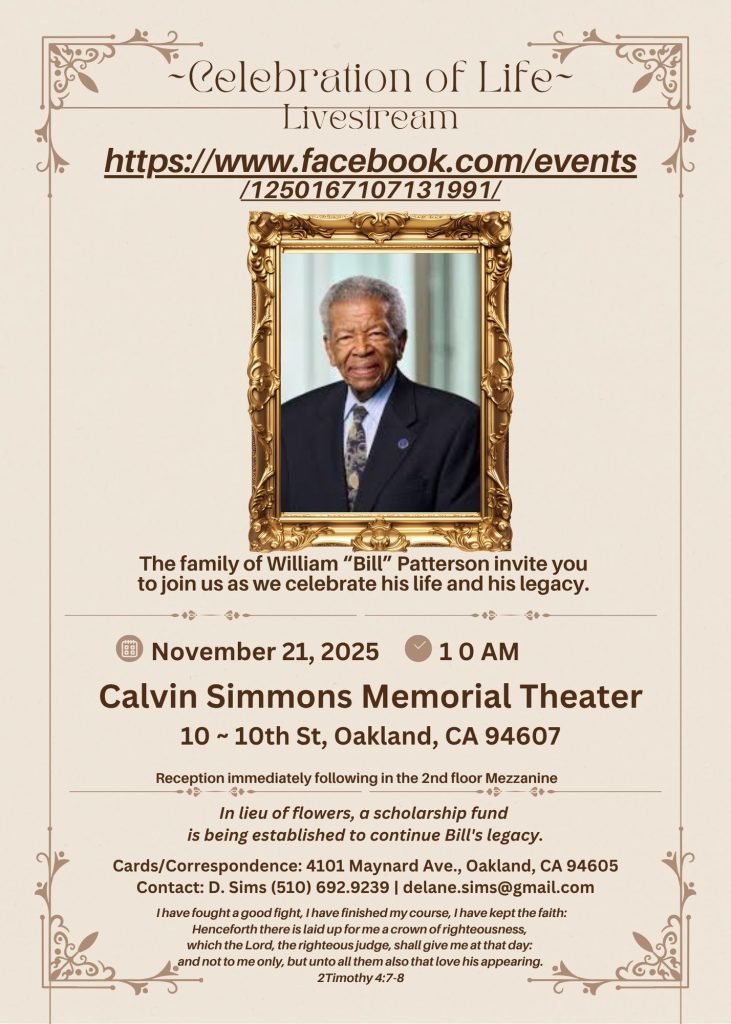Black History
MLK-Themed Study Reveals States with the Most Racial Progress
NNPA NEWSWIRE — To measure America’s progress in harmonizing racial groups, WalletHub researchers measured the gaps between blacks and whites across 22 key indicators of equality and integration in each of the 50 states and the District of Columbia.
By Stacy M. Brown, NNPA Newswire Correspondent
@StacyBrownMedia
With Martin Luther King Jr. Day around the corner and 58 percent of Americans saying increased diversity makes the United States a better place (while only 9 percent say it makes the U.S. worse), the personal-finance website WalletHub has released its report on 2019’s States with the Most Racial Progress.
New Mexico, West Virginia, Hawaii, Kentucky and Texas – in that order – were the states listed as being the most racially integrated, while Wyoming, Texas, New Mexico, Georgia and Mississippi—in that order – were listed as states with the most racial progress.
The District of Columbia has the lowest gap in homeownership rates between whites and blacks, at 13.41 percent while Connecticut has made the most progress in closing this gap since 1970, with a change of 8.25 percent, according to the report released on Tuesday, Jan. 15.
Hawaii enjoys the lowest gap in median annual household incomes between whites and blacks, at 7.74 percent, and has made the most progress in closing this gap since 1979, with a change of 33.19 percent.
Meanwhile, South Dakota has the lowest gap in unemployment rates between whites and blacks, at 0.85 percent and North Dakota has made the most progress in closing this gap since 1970, with a change of 12.94 percent.
Hawaii has the lowest gap in poverty rates between whites and blacks, at 0.87 percent and Mississippi has made the most progress in closing this gap since 1970, with a change of 24.80 percent, according to the report.
New Mexico has the lowest gap in the share of adults 25 years and over with at least a bachelor’s degree between whites and blacks, at 0.83 percent, and has made the most progress in closing this gap since 1970, with a change of 5.71 percent.
To measure America’s progress in harmonizing racial groups, WalletHub researchers measured the gaps between blacks and whites across 22 key indicators of equality and integration in each of the 50 states and the District of Columbia.
The data set ranges from median annual income to standardized-test scores to voter turnout.
In light of the high-profile police-brutality incidents that sparked the Black Lives Matter movement and the holiday honoring Dr. Martin Luther King Jr., the report only examines the differences between blacks and whites.
In overall rankings of the most racially integrated states, the District of Columbia finished last while Wisconsin, Maine, Iowa and Minnesota were among the worst five.
The survey also listed those with the highest voter turnout gap in the 2016 presidential election: D.C., Connecticut, Kansas, Wisconsin, and Washington state – and the states with the lowest voter turnout gap: Kentucky, Alabama, South Carolina, Nevada, Colorado and Texas.
Hawaii, Wyoming, New Mexico, Texas and Maryland had the lowest poverty rate, while North Dakota, Iowa, Minnesota, Wisconsin and Maine had the highest poverty rate.
The report authors wrote that in 1963, King introduced the world to his dream of a colorblind society — one that focuses on character, not on complexion. However, they said, segregation and discrimination continue to persist.
The authors also noted that views on systemic racism differ sharply across racial lines. According to a survey by the Pew Research Center, 92 percent of blacks said that “whites benefit a great deal or a fair amount from advantages that blacks do not have.”
In contrast, only 46 percent of whites agreed with that statement.
“The racial wealth gap between blacks and whites in the U.S. is due to structural racism, which have advantaged average white families and historically restricted wealth building opportunities among blacks,” said Caryn Bell, a WalletHub expert and assistant professor in the department of African American Studies at the University of Maryland.
“Some of these policies were ‘color-blind’ but at times inadvertently — and many times specifically — restricted blacks from these opportunities,” Bell said. “Because wealth building is generational, the policies and programs of the past that advantaged whites and restricted blacks have effects today and are the root causes of the huge racial wealth gap we see today,” she said.
The key to addressing racial inequality is acknowledging the existence of race-based inequities, said Mamadi Corra, a professor in the sociology department at East Carolina University.
“But acknowledging the existence of racial inequality also requires following up with actions aimed at mitigating it,” Corra said.
“It follows that states that have been more successful are those that acknowledge the existence of racial inequality, and also follow this acknowledgement with actions to address inequality. And, I think it begins with education. Without directly naming any states, some have actively reduced support for public education, while others have increased or, at the least, maintained support,” he said.
To view the full report, click here.
Activism
Oakland Post: Week of November 26 – December 2, 2025
The printed Weekly Edition of the Oakland Post: Week of November 26 – December 2, 2025

To enlarge your view of this issue, use the slider, magnifying glass icon or full page icon in the lower right corner of the browser window.
Activism
Oakland Post: Week of November 19 – 25, 2025
The printed Weekly Edition of the Oakland Post: Week of November 19 – 25, 2025

To enlarge your view of this issue, use the slider, magnifying glass icon or full page icon in the lower right corner of the browser window.
Activism
IN MEMORIAM: William ‘Bill’ Patterson, 94
Bill devoted his life to public service and education. In 1971, he became the founding director for the Peralta Community College Foundation, he also became an administrator for Oakland Parks and Recreation overseeing 23 recreation centers, the Oakland Zoo, Children’s Fairyland, Lake Merritt, and the Henry J. Kaiser Convention Center.

William “Bill” Patterson, 94, of Little Rock, Arkansas, passed away peacefully on October 21, 2025, at his home in Oakland, CA. He was born on May 19, 1931, to Marie Childress Patterson and William Benjamin Patterson in Little Rock, Arkansas. He graduated from Dunbar High School and traveled to Oakland, California, in 1948. William Patterson graduated from San Francisco State University, earning both graduate and undergraduate degrees. He married Euradell “Dell” Patterson in 1961. Bill lovingly took care of his wife, Dell, until she died in 2020.
Bill devoted his life to public service and education. In 1971, he became the founding director for the Peralta Community College Foundation, he also became an administrator for Oakland Parks and Recreation overseeing 23 recreation centers, the Oakland Zoo, Children’s Fairyland, Lake Merritt, and the Henry J. Kaiser Convention Center.
He served on the boards of Oakland’s Urban Strategies Council, the Oakland Public Ethics Commission, and the Oakland Workforce Development Board.
He was a three-term president of the Oakland branch of the NAACP.
Bill was initiated in the Gamma Alpha chapter of Kappa Alpha Psi Fraternity.
In 1997 Bill was appointed to the East Bay Utility District Board of Directors. William Patterson was the first African American Board President and served the board for 27 years.
Bill’s impact reached far beyond his various important and impactful positions.
Bill mentored politicians, athletes and young people. Among those he mentored and advised are legends Joe Morgan, Bill Russell, Frank Robinson, Curt Flood, and Lionel Wilson to name a few.
He is survived by his son, William David Patterson, and one sister, Sarah Ann Strickland, and a host of other family members and friends.
A celebration of life service will take place at Henry J. Kaiser Convention Center (Calvin Simmons Theater) on November 21, 2025, at 10 AM.
His services are being livestreamed at: https://www.facebook.com/events/1250167107131991/
In lieu of flowers, donations can be made to the Euradell and William Patterson scholarship fund TBA.

-

 Activism3 weeks ago
Activism3 weeks agoOakland Post: Week of November 12 – 18, 2025
-

 Activism4 weeks ago
Activism4 weeks agoOakland Post: Week of November 5 – 11, 2025
-

 Activism2 weeks ago
Activism2 weeks agoIN MEMORIAM: William ‘Bill’ Patterson, 94
-

 Activism3 weeks ago
Activism3 weeks agoHow Charles R. Drew University Navigated More Than $20 Million in Fed Cuts – Still Prioritizing Students and Community Health
-

 Bay Area3 weeks ago
Bay Area3 weeks agoNo Justice in the Justice System
-

 #NNPA BlackPress3 weeks ago
#NNPA BlackPress3 weeks agoThe Perfumed Hand of Hypocrisy: Trump Hosted Former Terror Suspect While America Condemns a Muslim Mayor
-

 #NNPA BlackPress2 weeks ago
#NNPA BlackPress2 weeks agoTrump’s Death Threat Rhetoric Sends Nation into Crisis
-

 #NNPA BlackPress4 weeks ago
#NNPA BlackPress4 weeks agoProtecting Pedophiles: The GOP’s Warped Crusade Against Its Own Lies























































